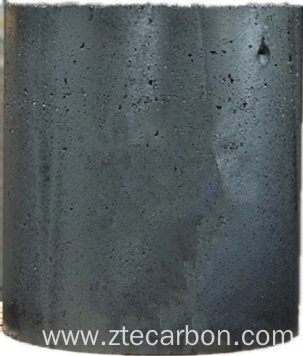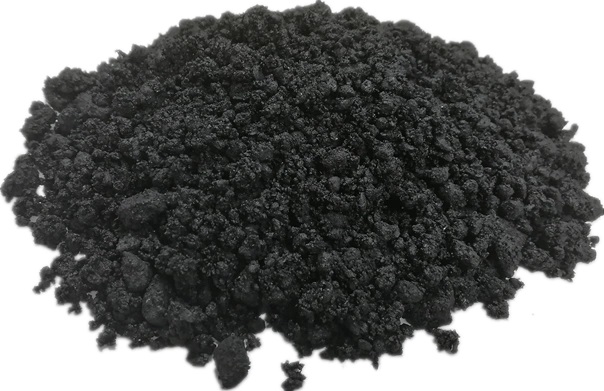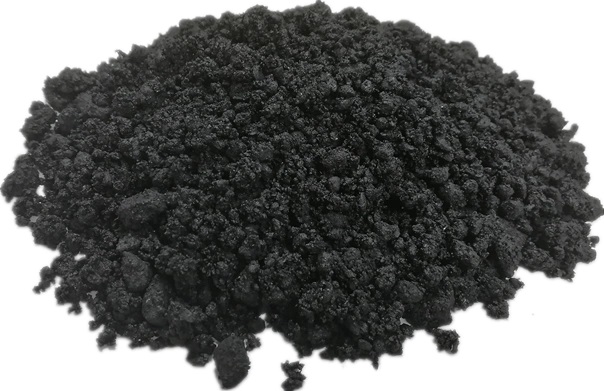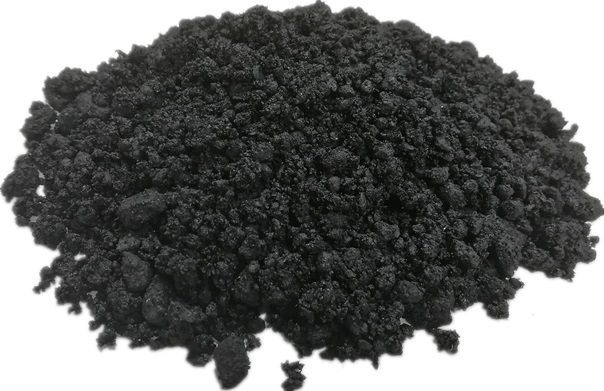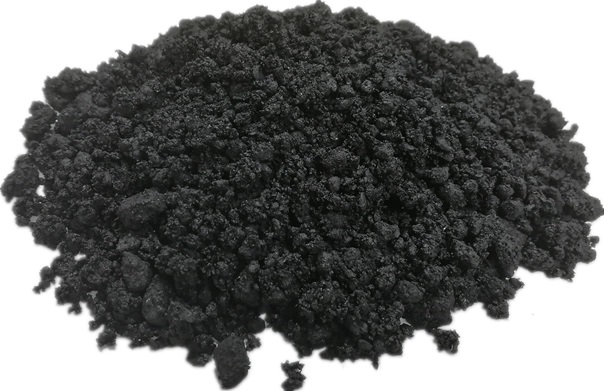Electrode paste is a conductive material used in ferroalloy furnace, calcium carbide furnace and other electric furnace equipment. The electrode paste is also called self baking electrode, which depends on the heat in the submerged arc furnace to complete the roasting. Therefore, matching the electrode consumption speed with the roasting speed is the key to the use of electrode paste. Due to the development of submerged arc furnace technology, the electrode is gradually developing towards the direction of large-scale and closed. In the roasting process, the more heat conduction and radiant heat obtained by the open furnace in the past can only be reduced for a long time As a result, the heat from the furnace is greatly reduced, which requires improving the sintering performance of electrode paste to make up for this deficiency.



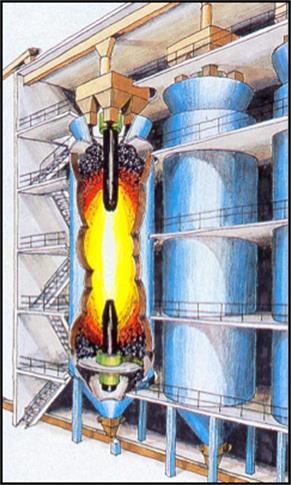
1、 Introduction of electrode paste
Aggregate: 75-80% calcined coal
-Only a few calcined coals are suitable for the production of high quality electrode paste
-Need strict production process control and quality control
Asphalt: 20-25% coal tar
-Coal tar pitch is a common binder in the production of carbon products
-Cohesiveness is a very important index
Softening point of asphalt (global method)
-Cylindrical electrode paste 65-90 ℃
2、 Important index of electrode paste
Unfired electrode paste
Melting of electrode paste (viscosity index)
Volatile matter
Electrode paste after baking
resistivity
mechanical strength
Elastic modulus
Thermal conductivity
Thermal expansion
Crack resistance
Thermal shock resistance
Anti gas reactivity
3、 Quality characteristics
Brand: electrode paste - CYL
Unit
Value
Unfired electrode paste
Ash content
%
5.5
Volatile content
%
13
Fixed carbon
%
82
Bulk density
kg/m3
1600
Softening point
℃
80-90
℃
65-75
Plasticity
%
20-30
%
30-40
%
20-40
Physical properties of paste after roasting
Volume density
kg/m3
1400
Real density
kg/m3
1830
Total porosity
%
24
Electric resistivity
μΩm
70
Compress strength
N/mm2
22
Bending strength
N/mm2
3.5
Young's modulus
k N/mm2
3.0
Thermal conductivity
W/(oK•m)
6
Linear expansion rate
X10-6/℃
4
*All the eigenvalues are based on the average of the experimental control results, and all the results follow the normal distribution, so the above eigenvalues can not be taken as the maximum or minimum. According to the statistical law, 90% of the results are in this range.

